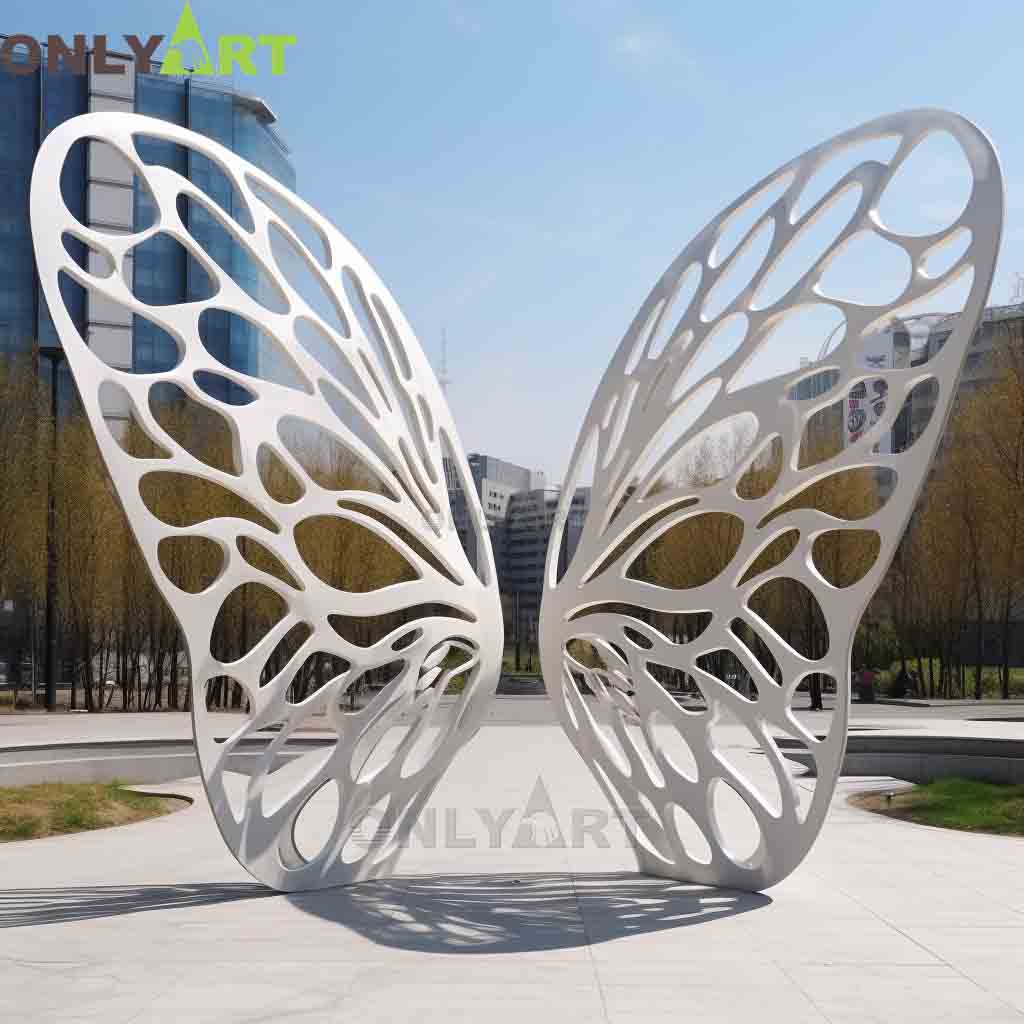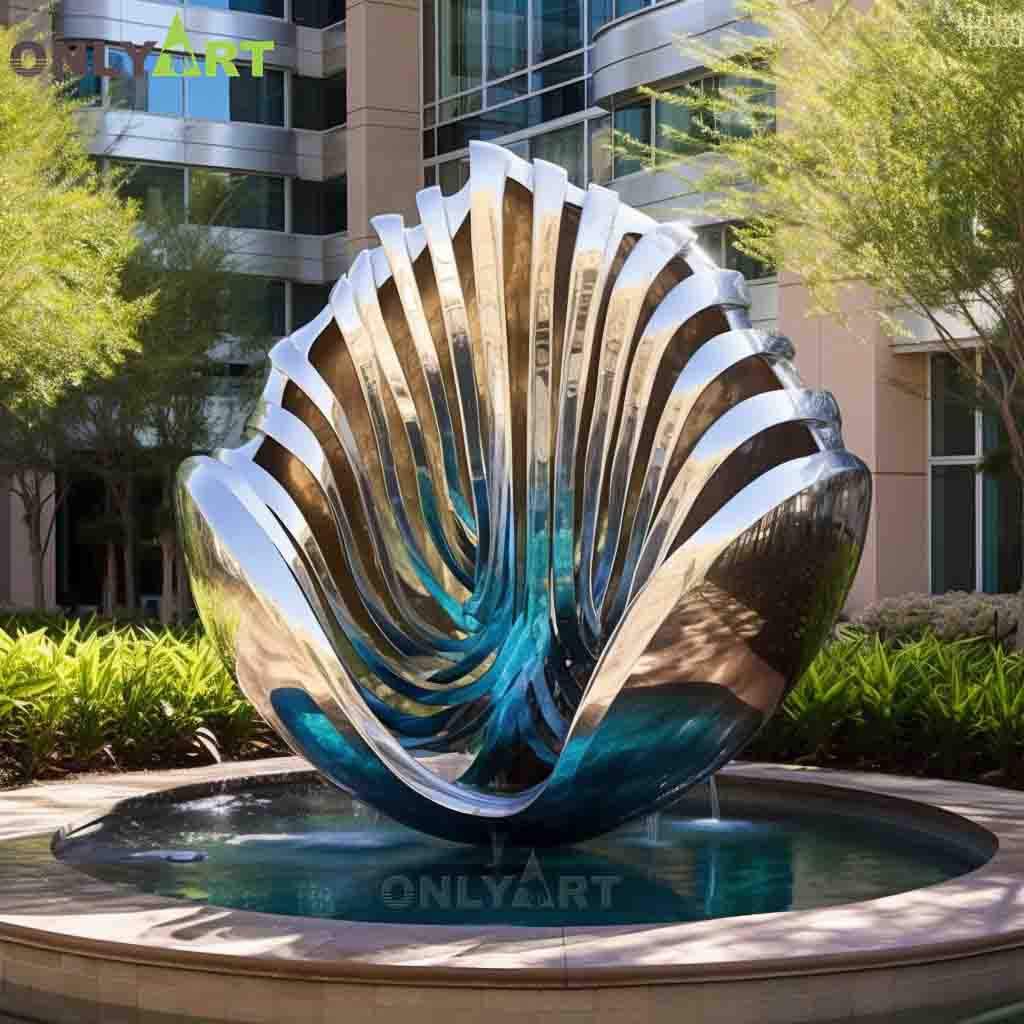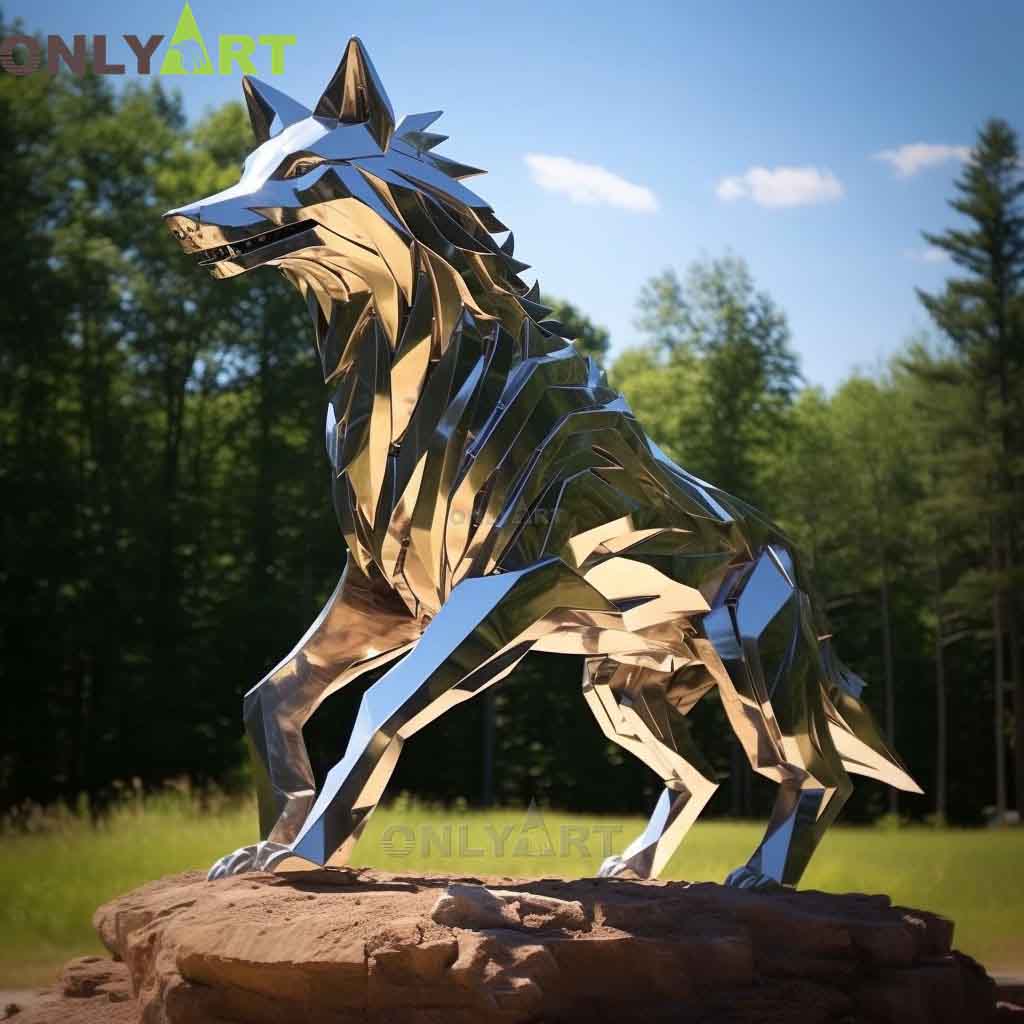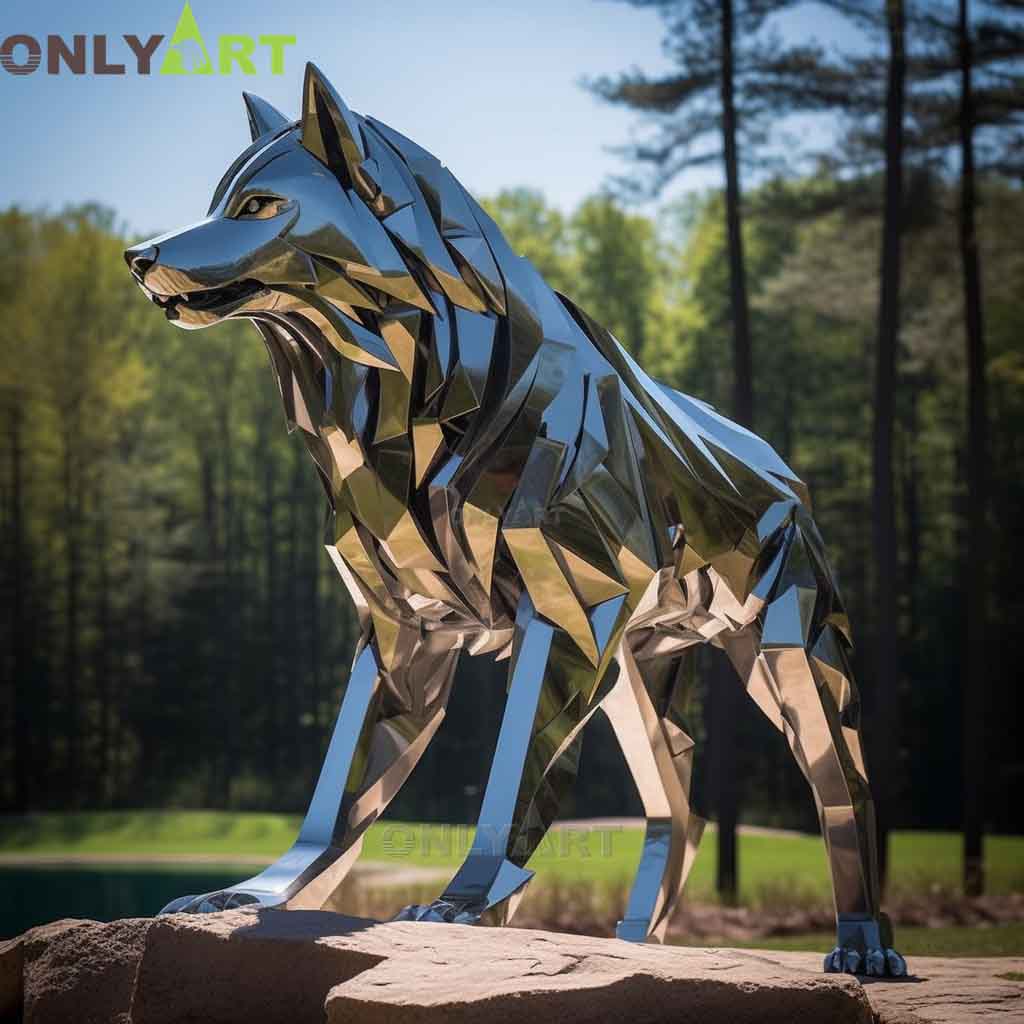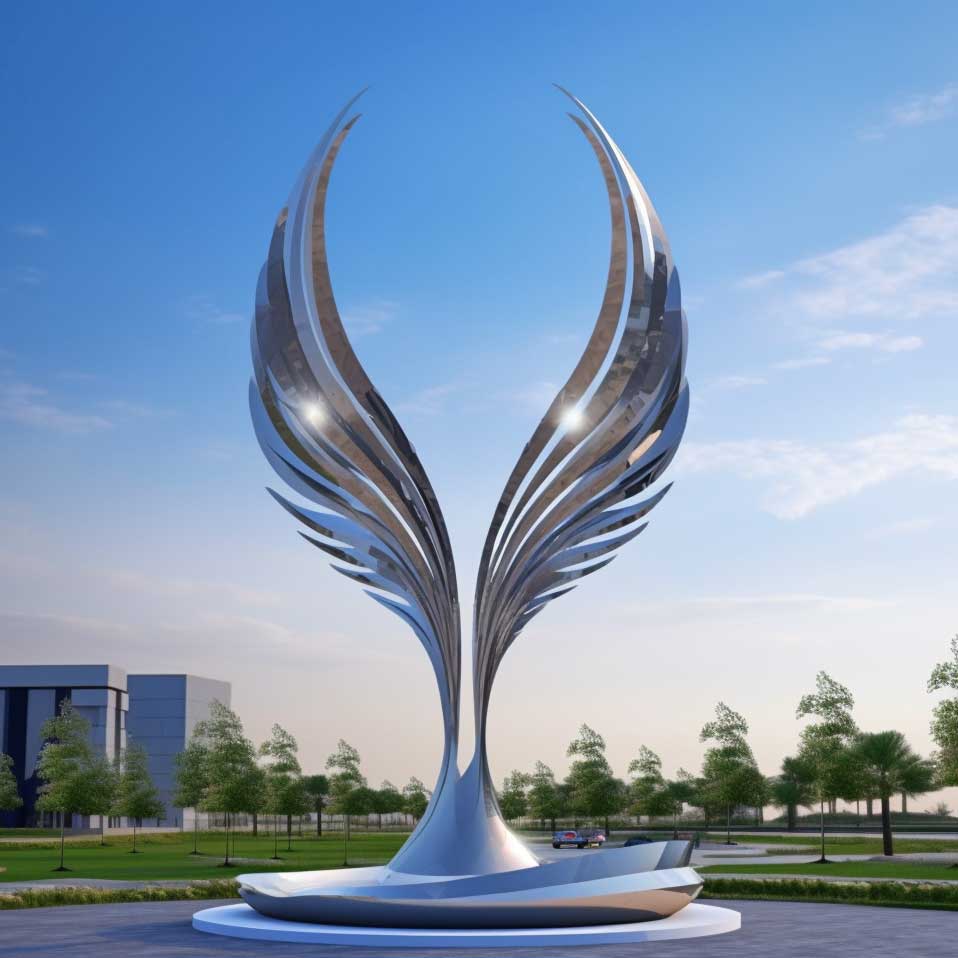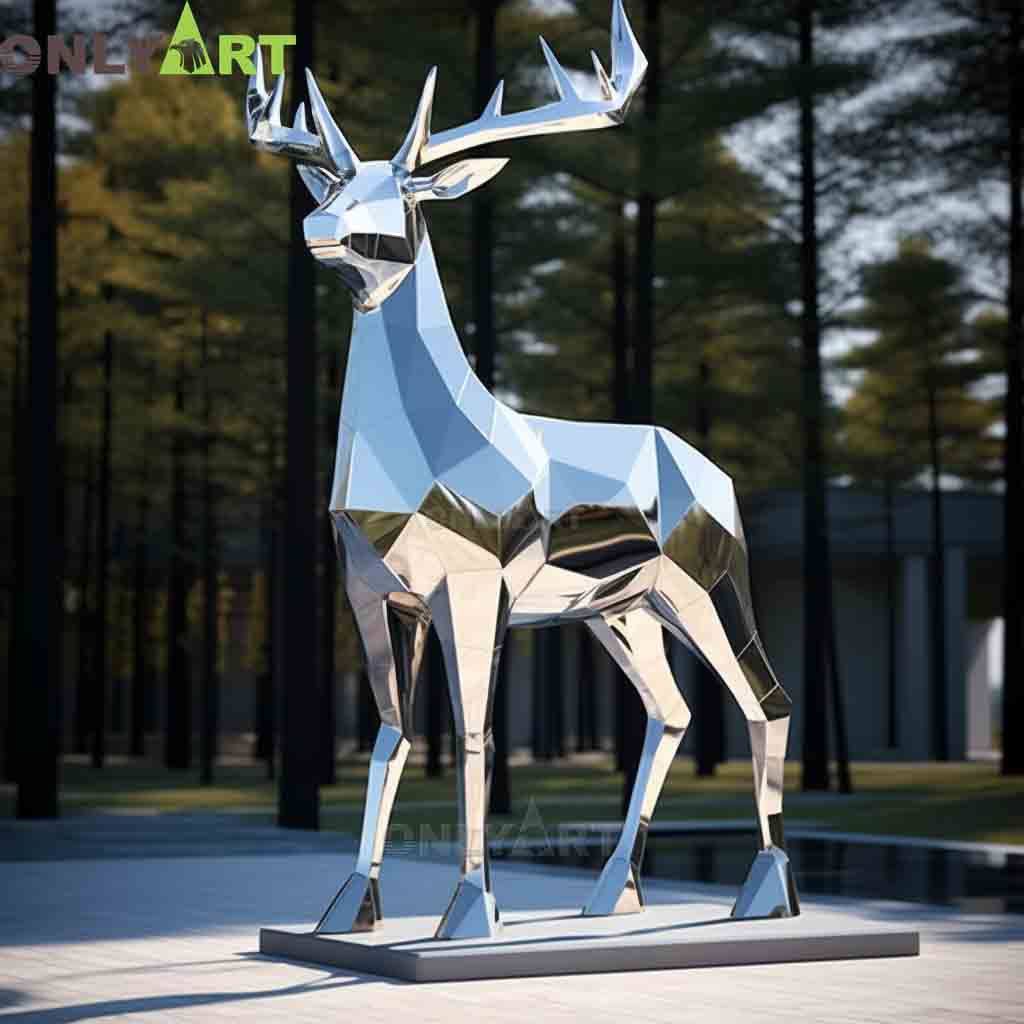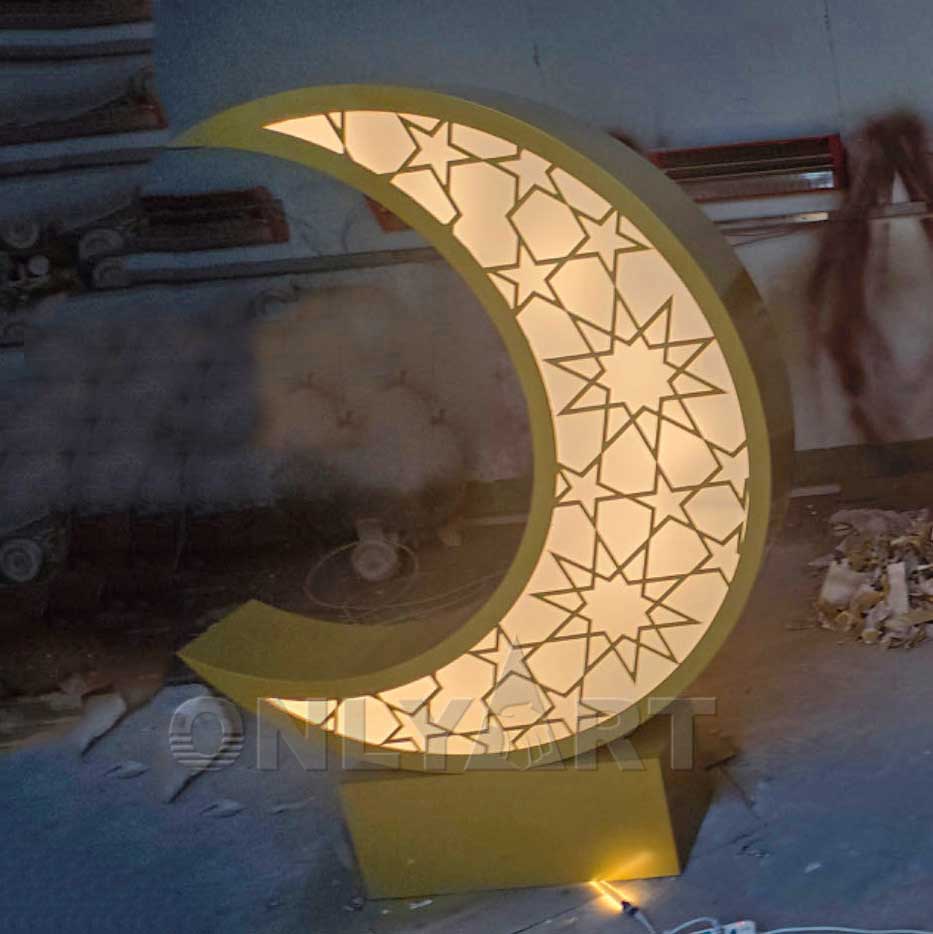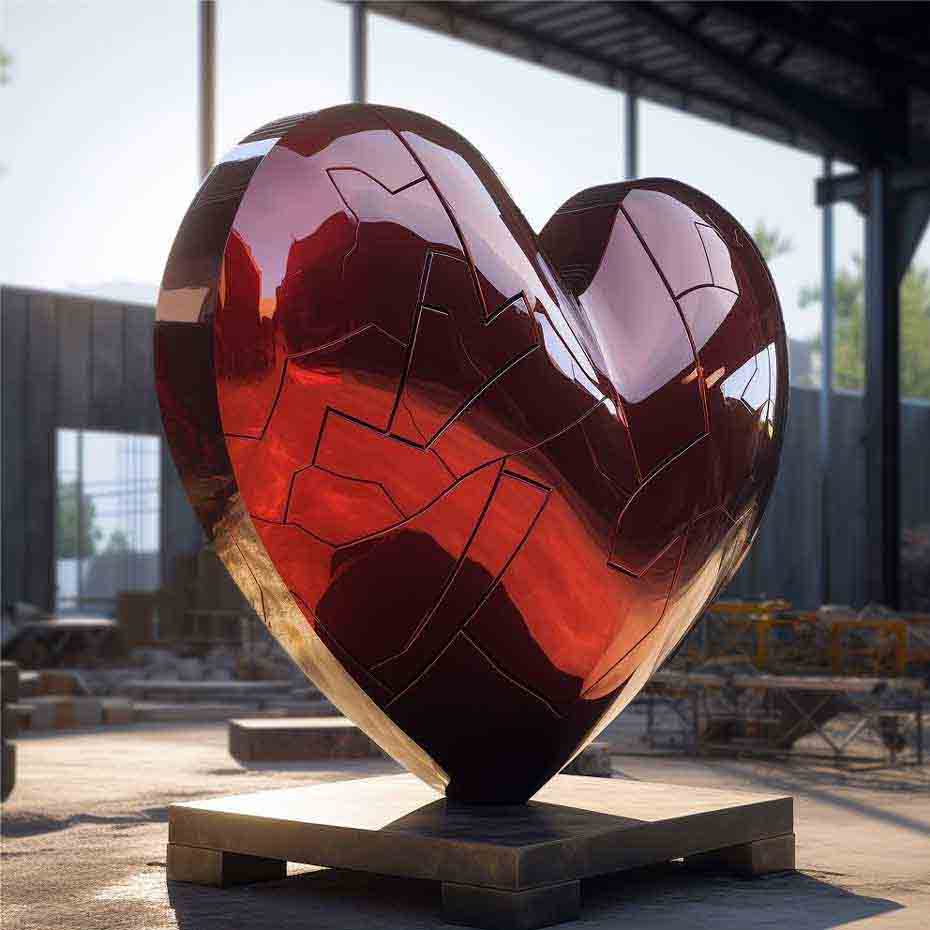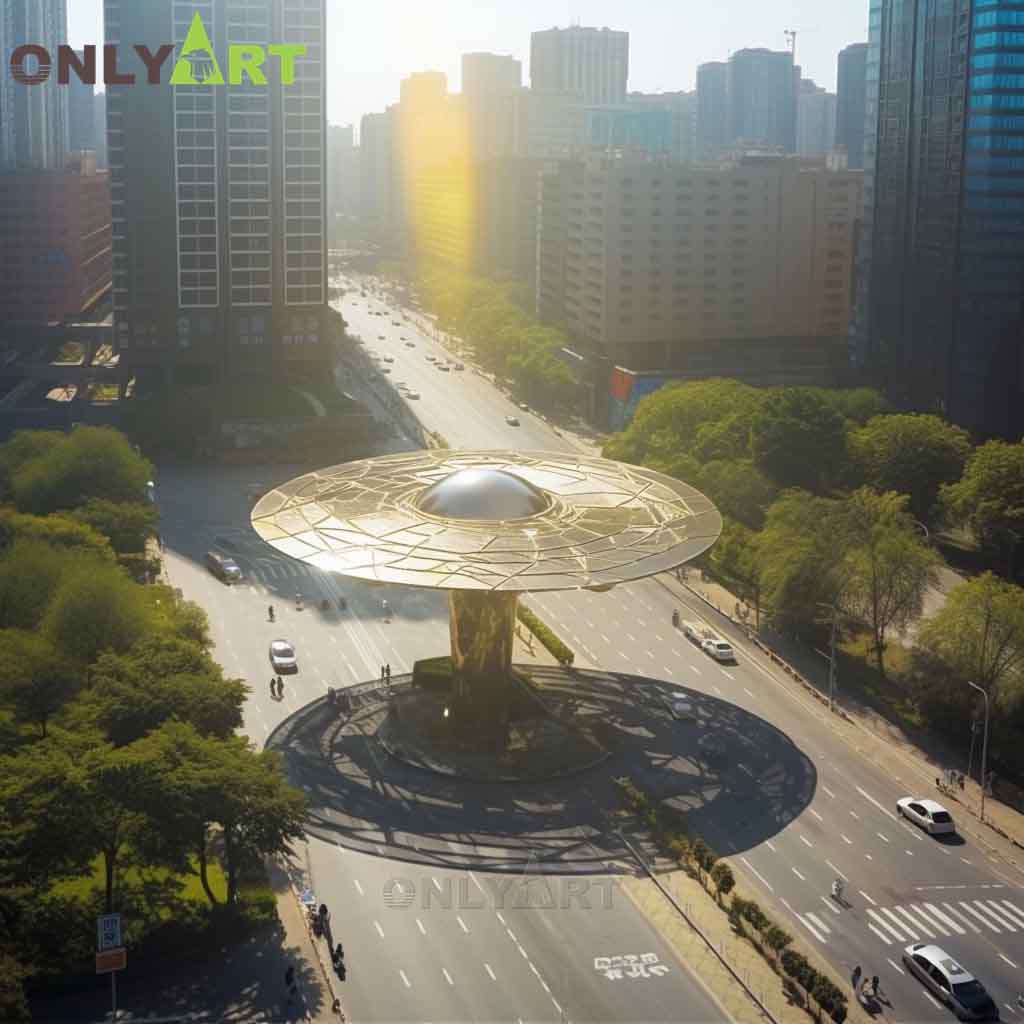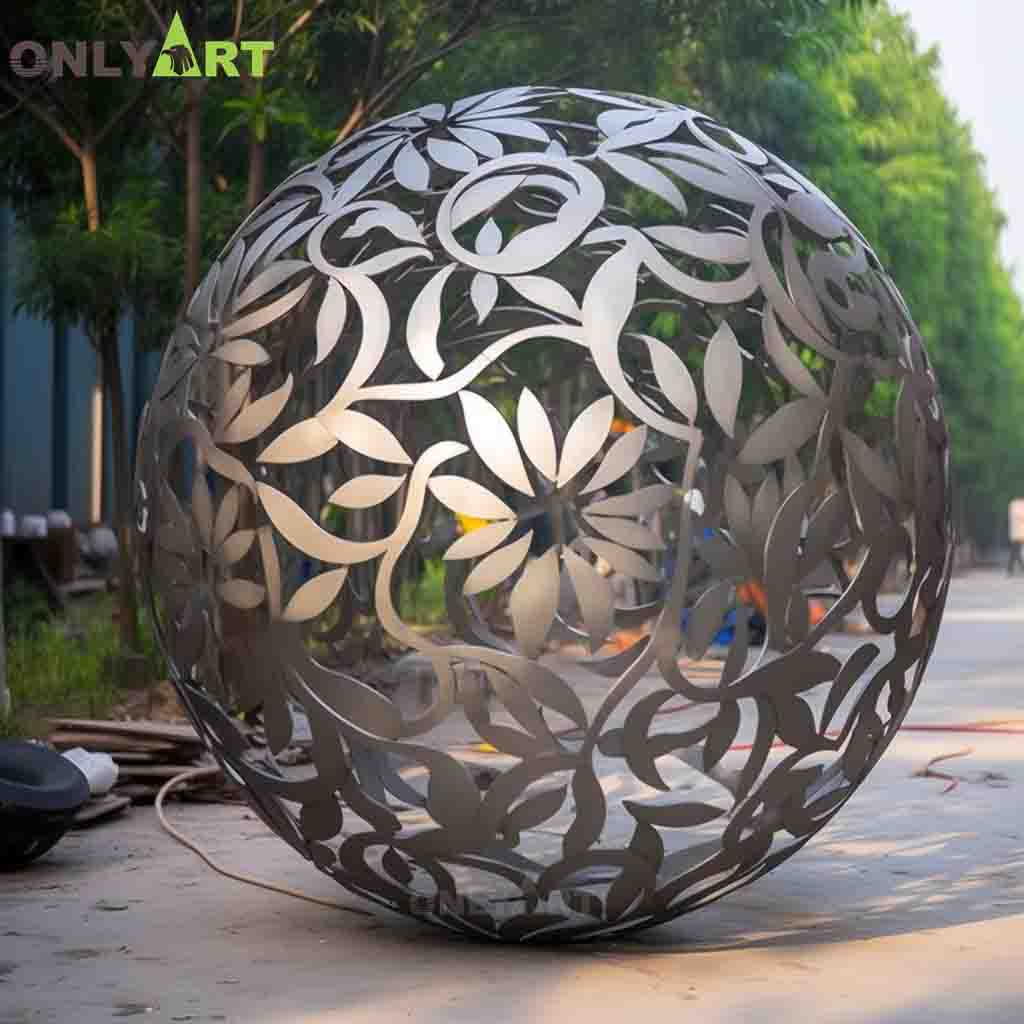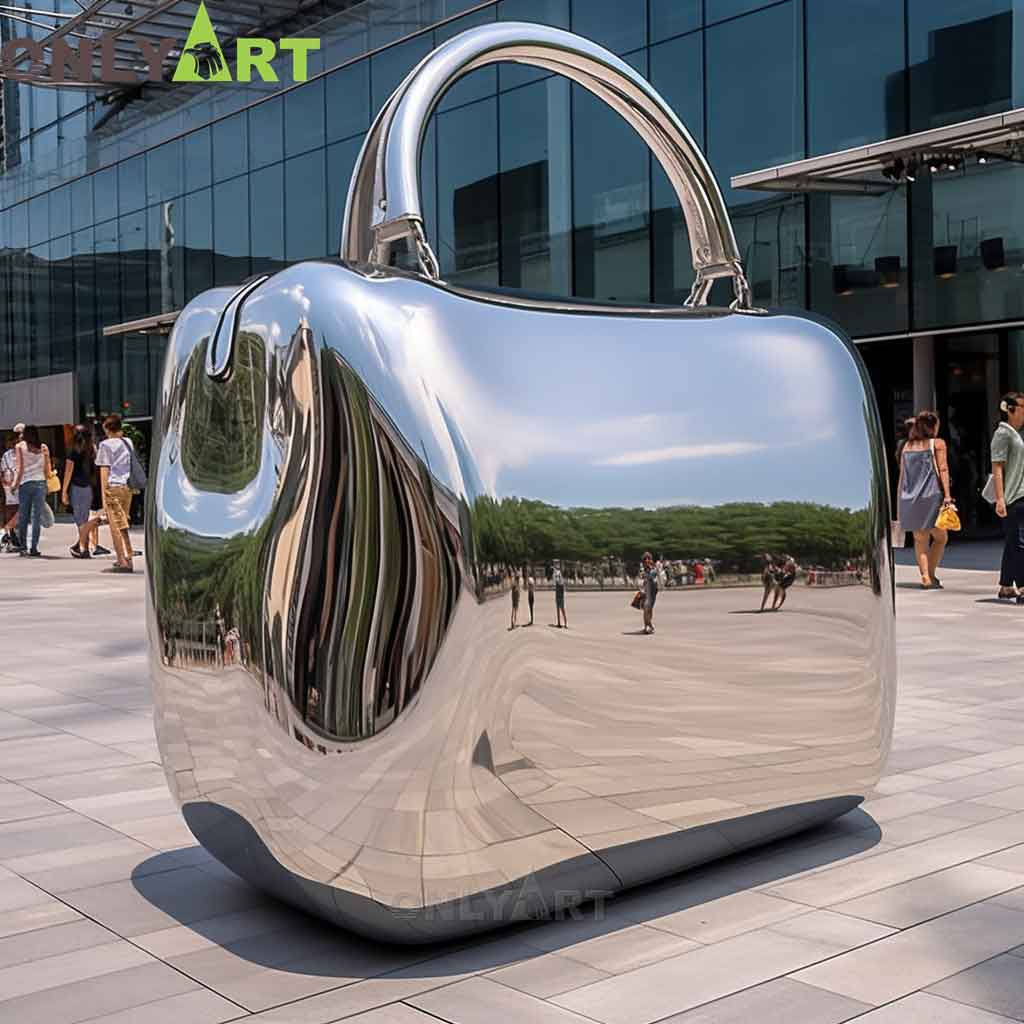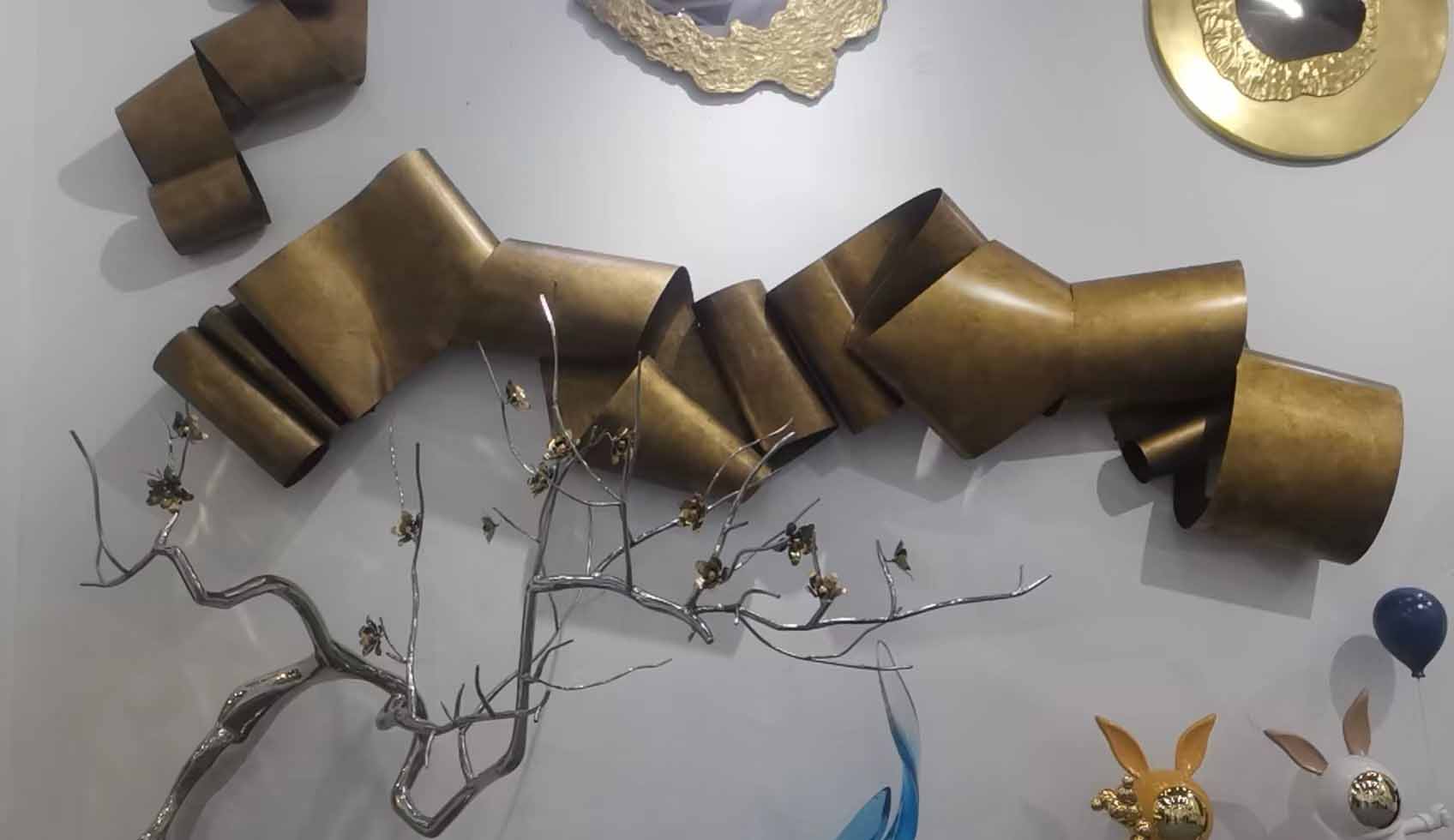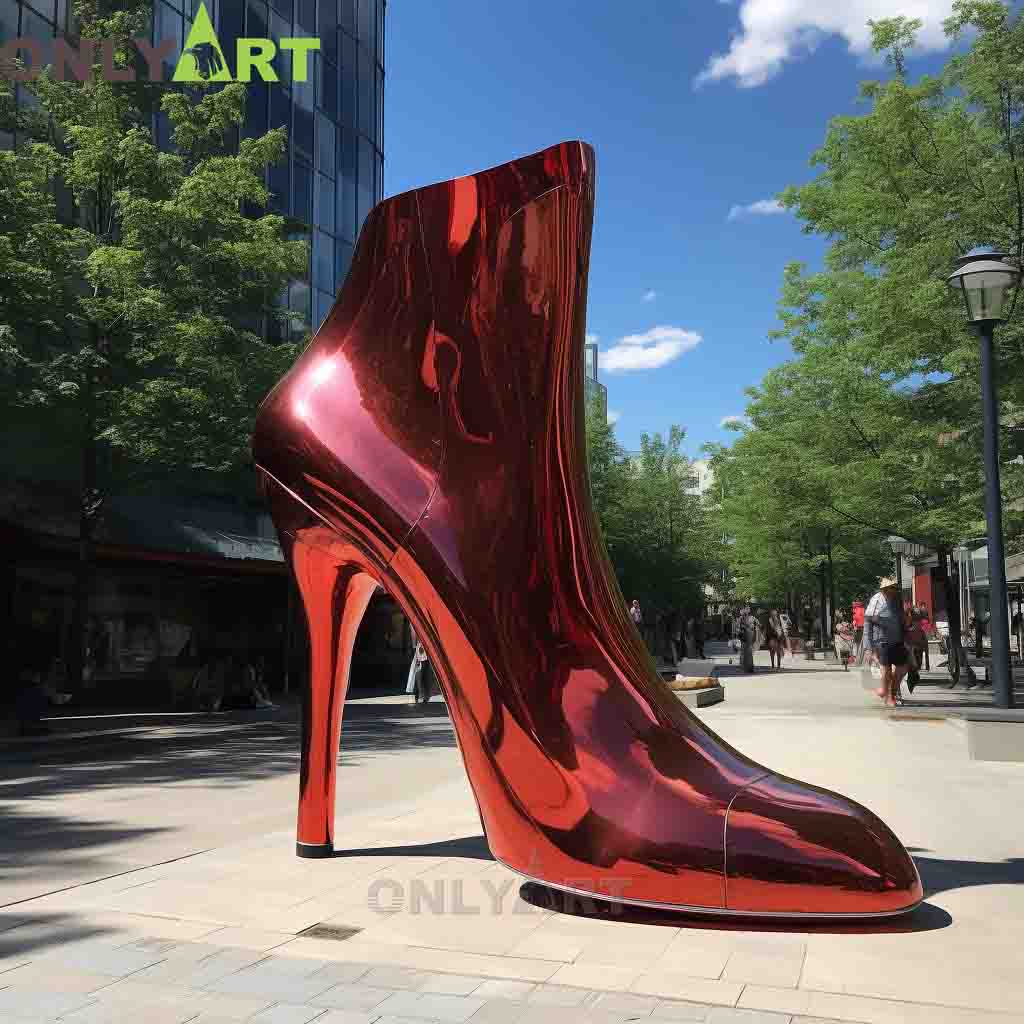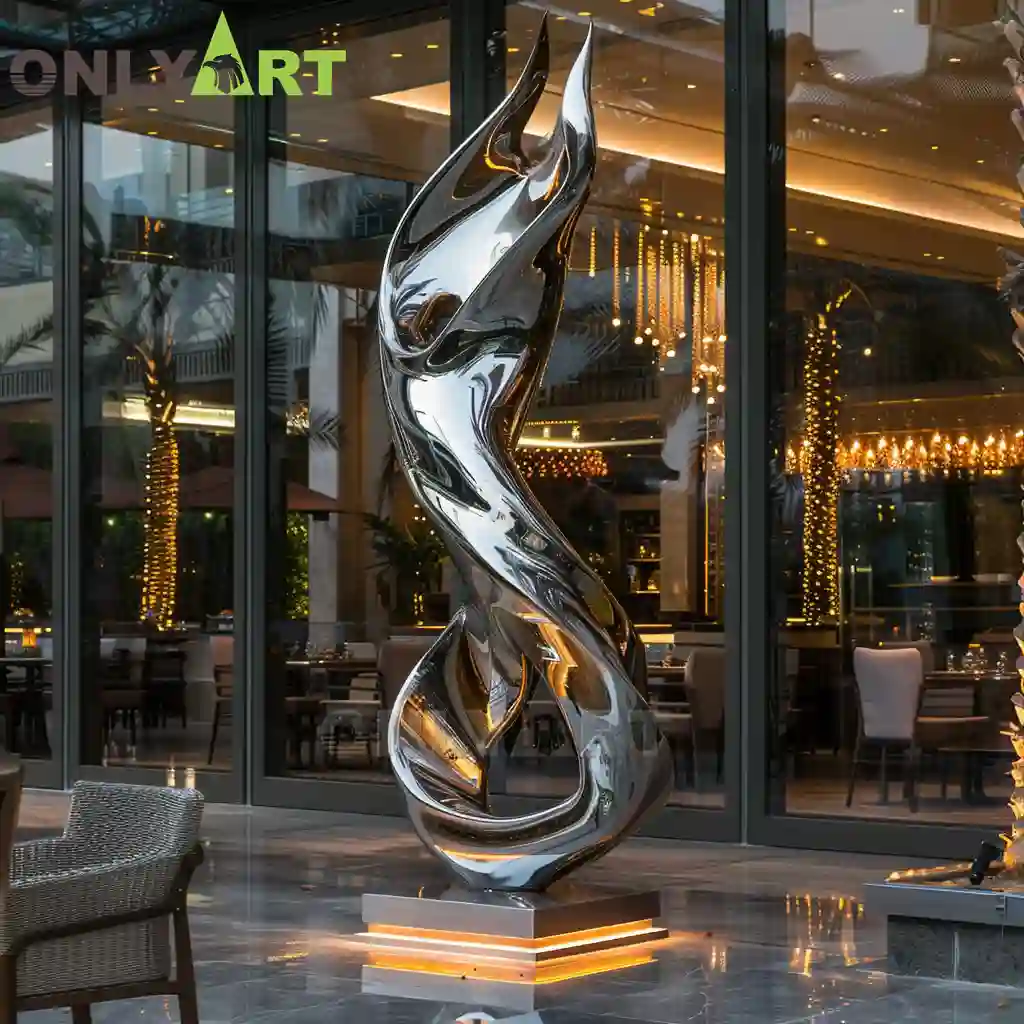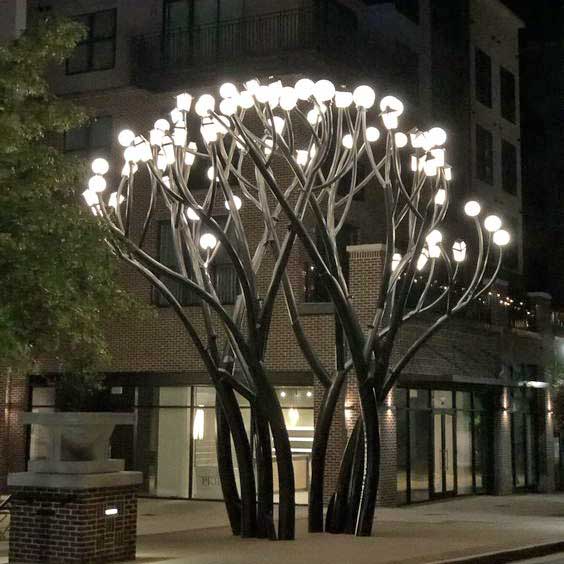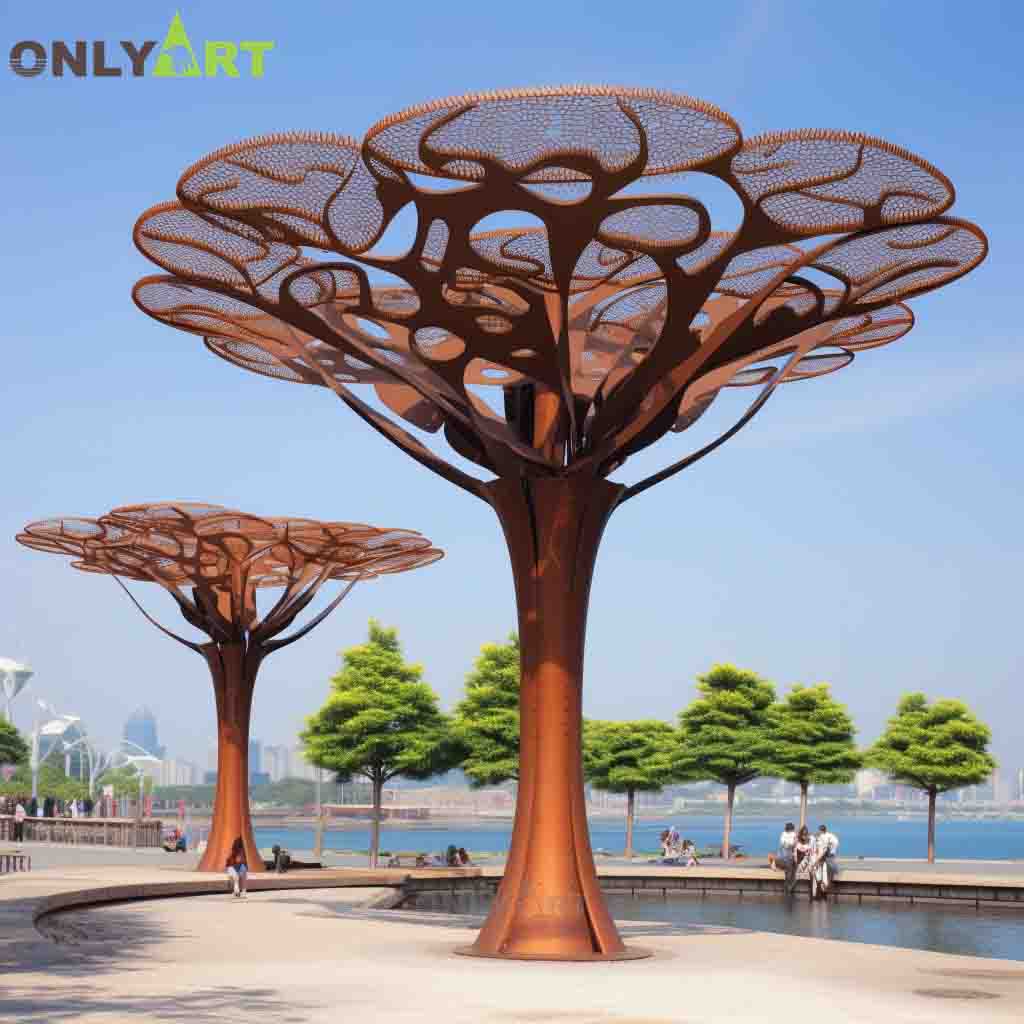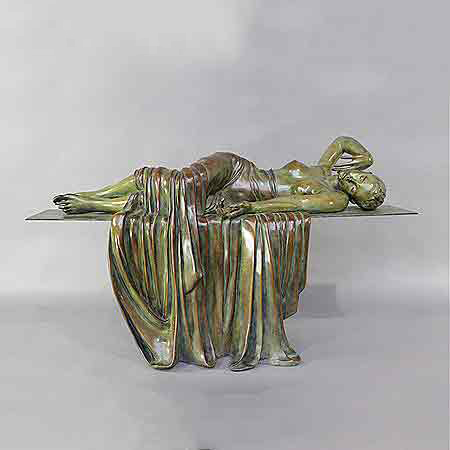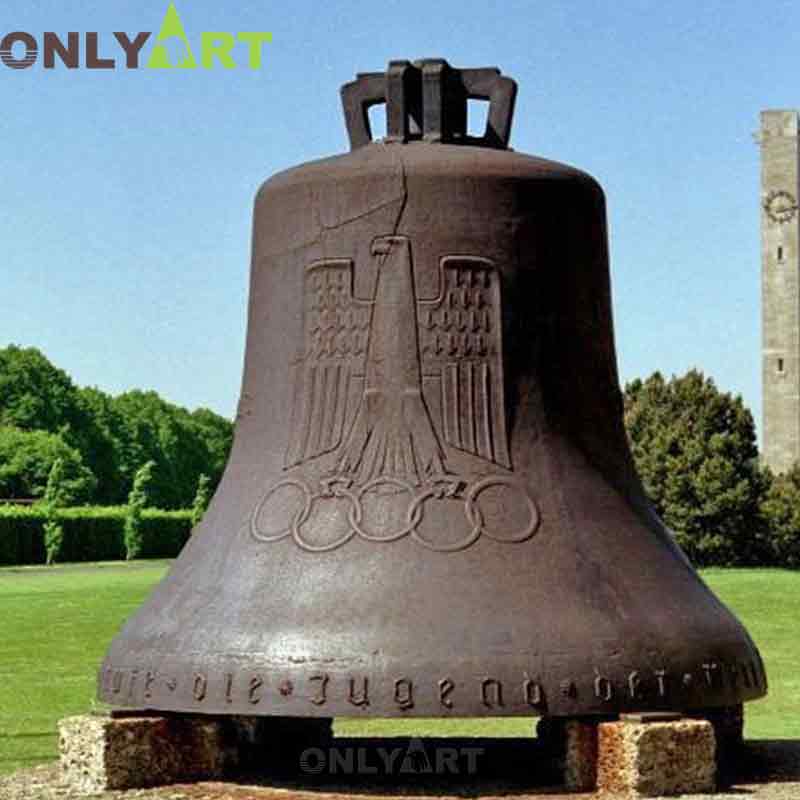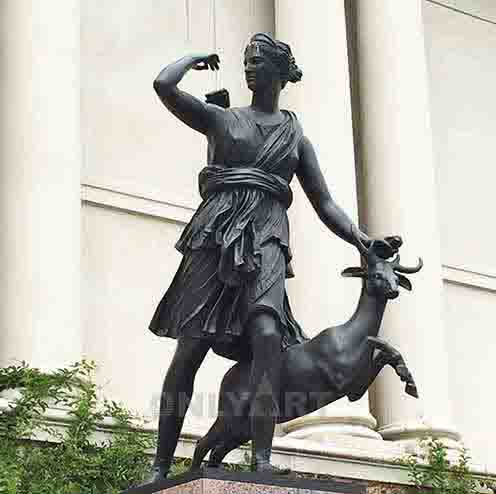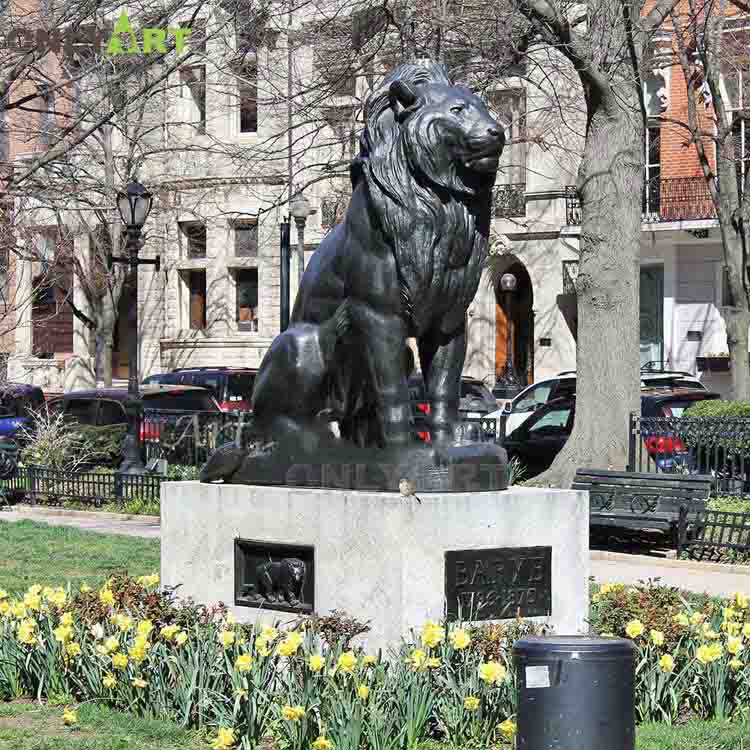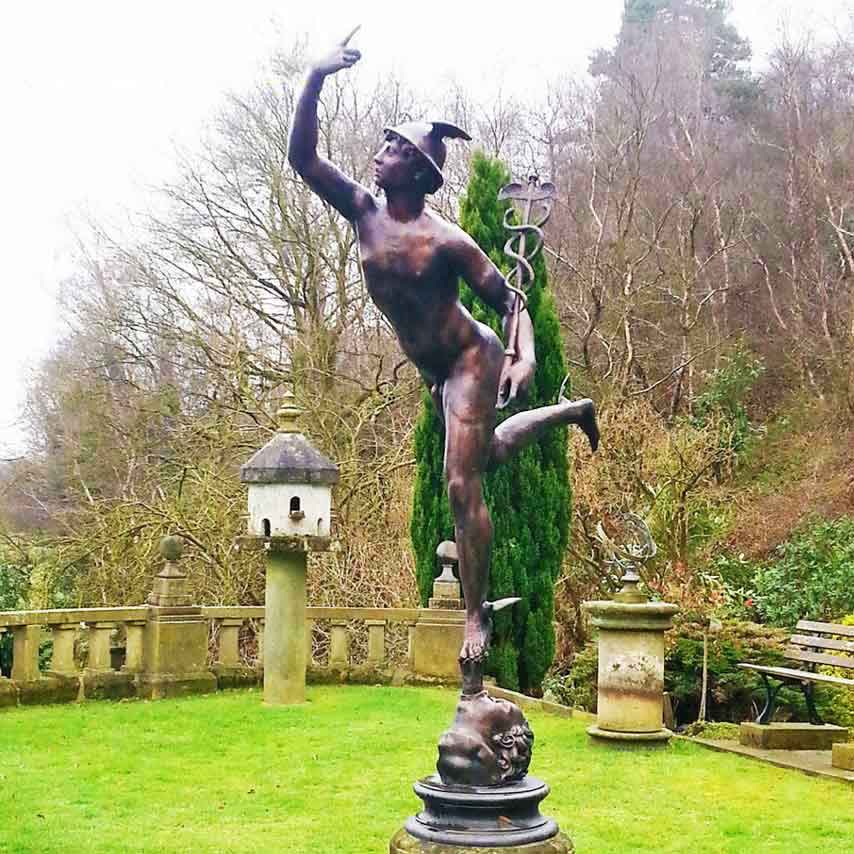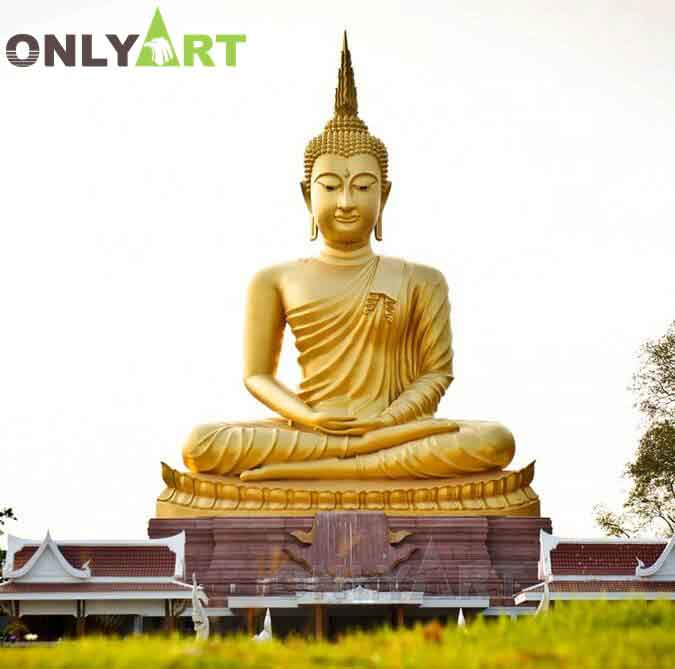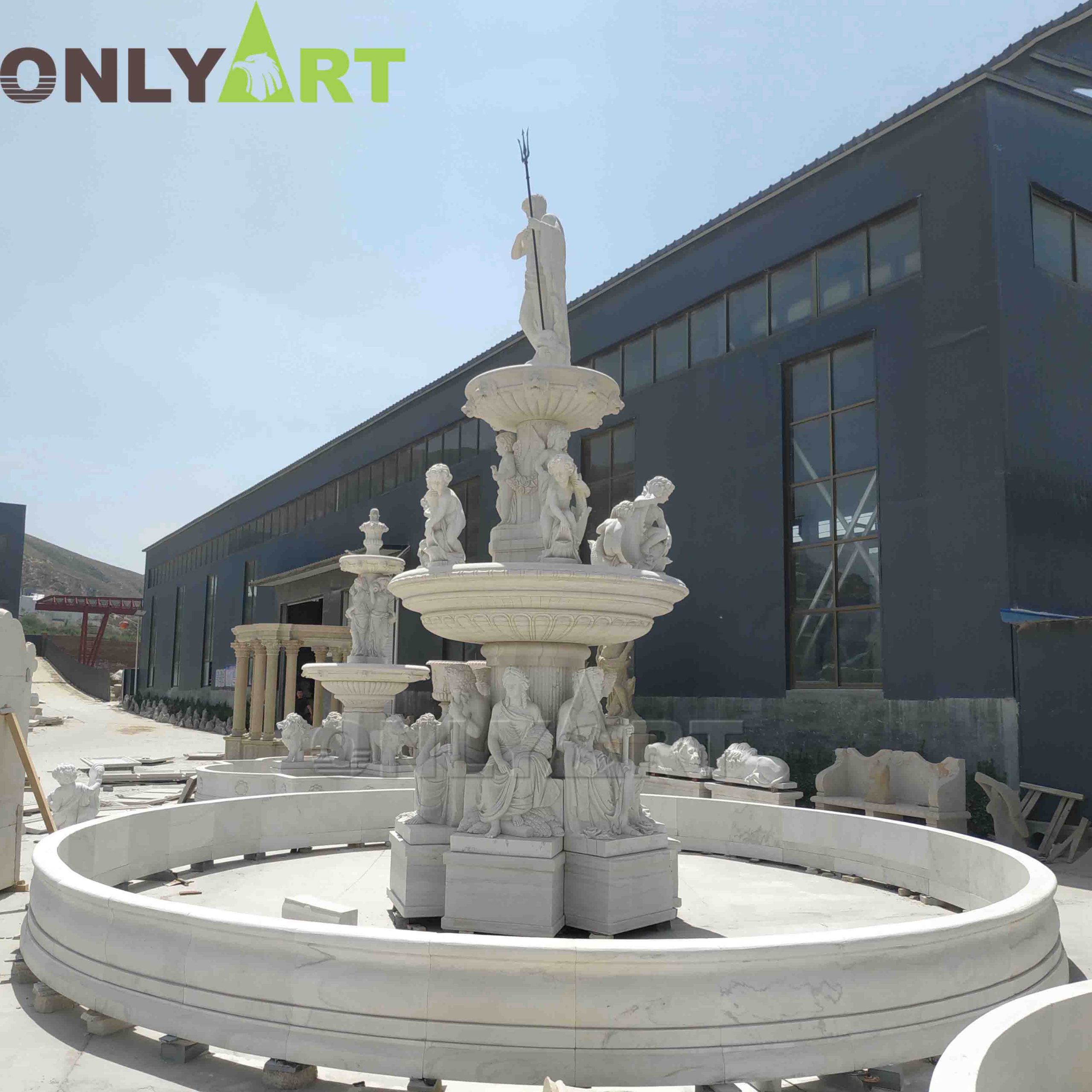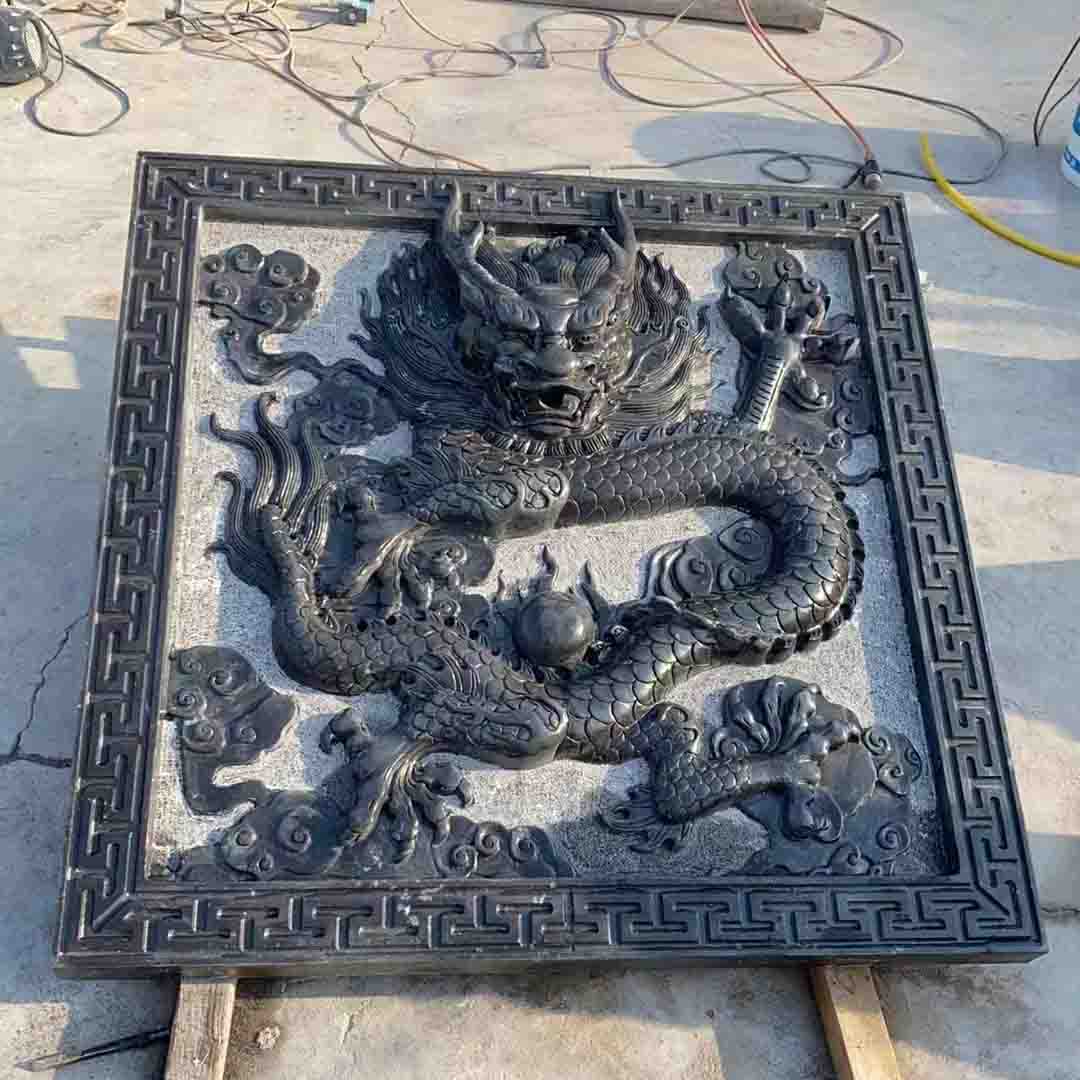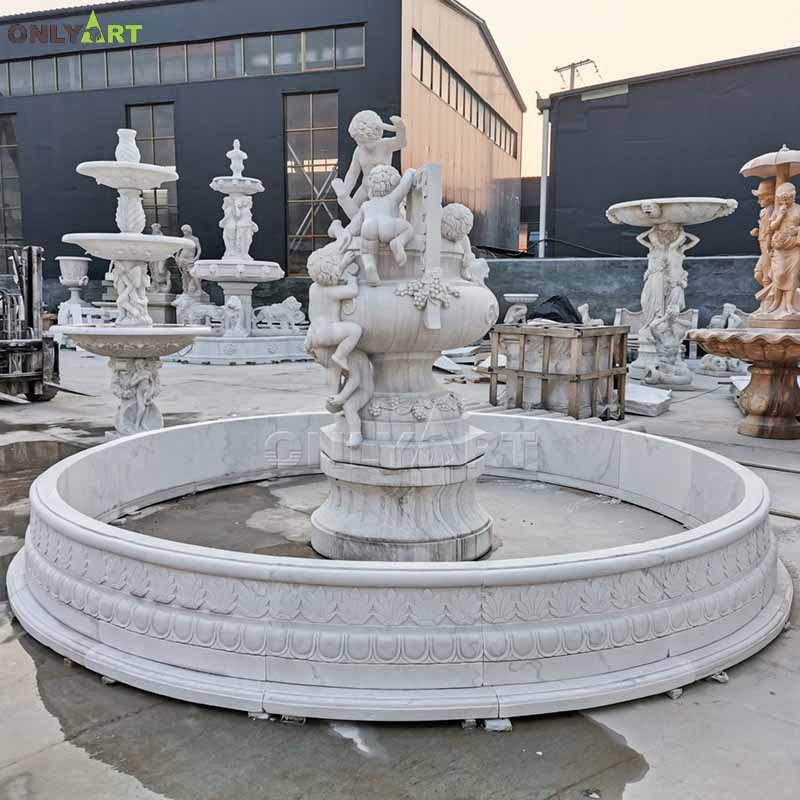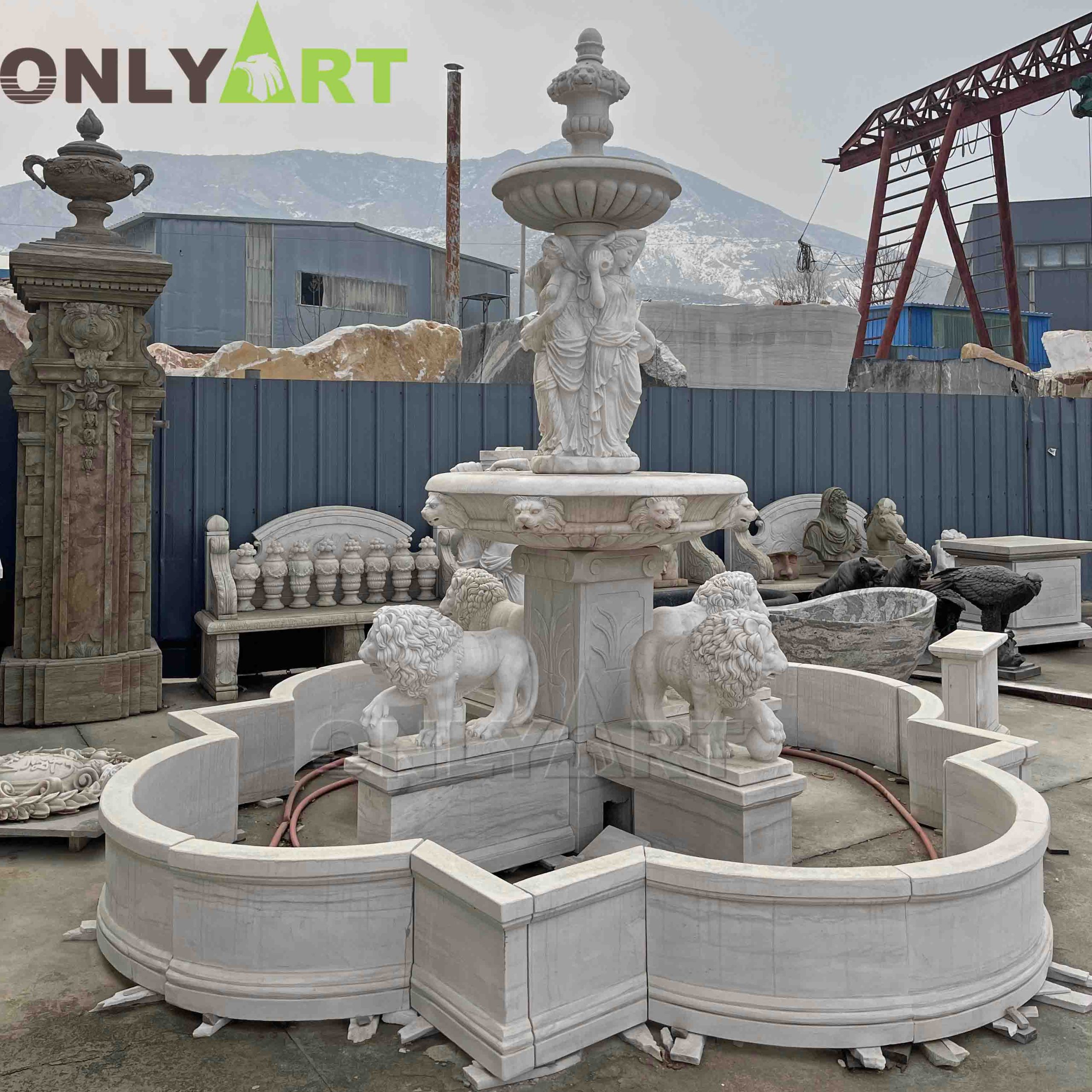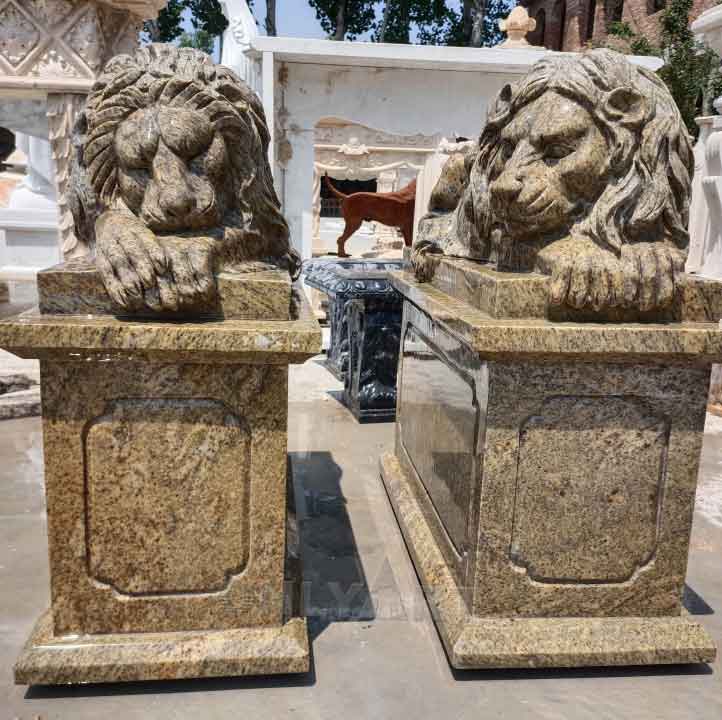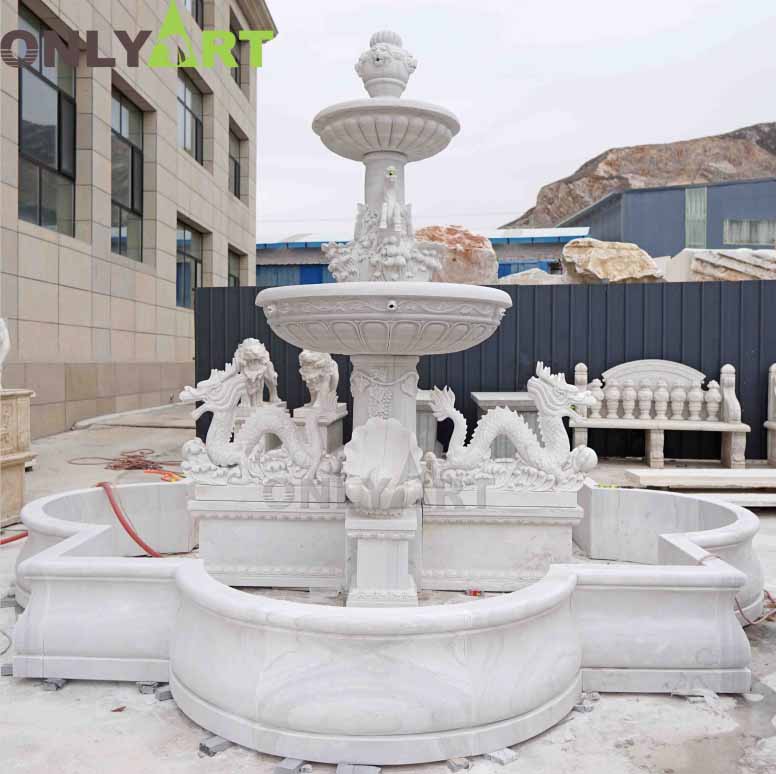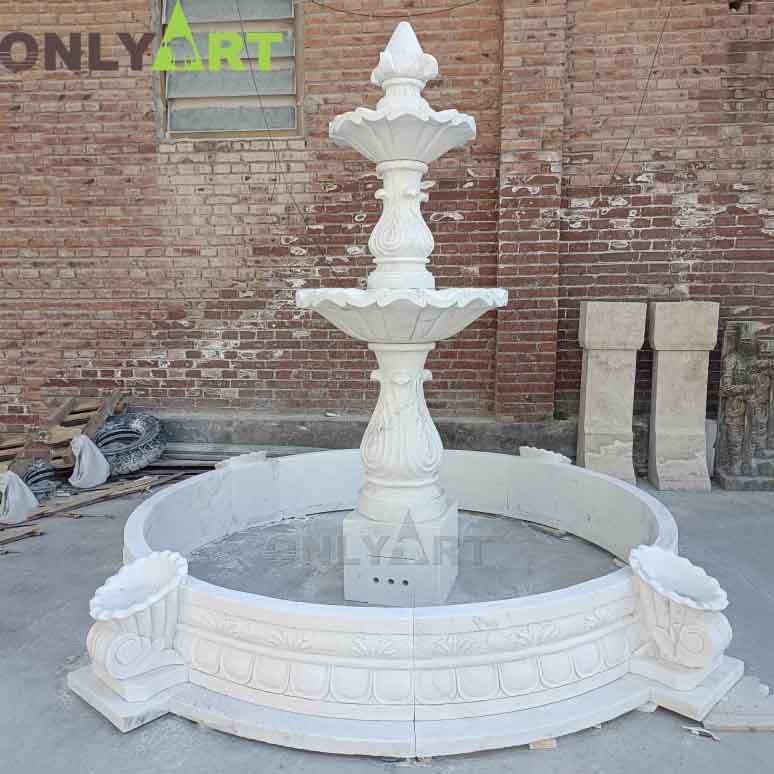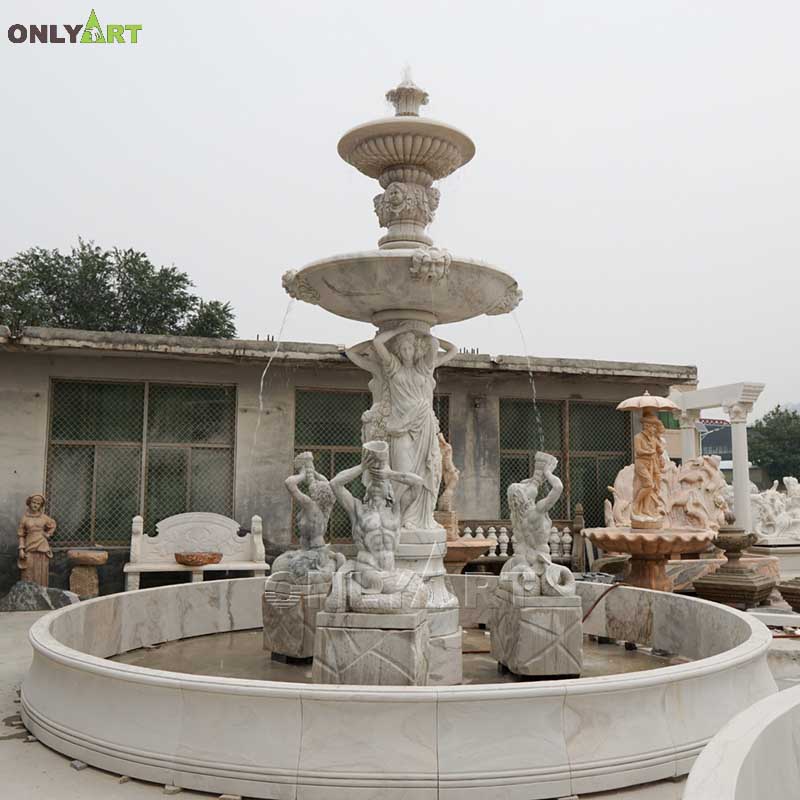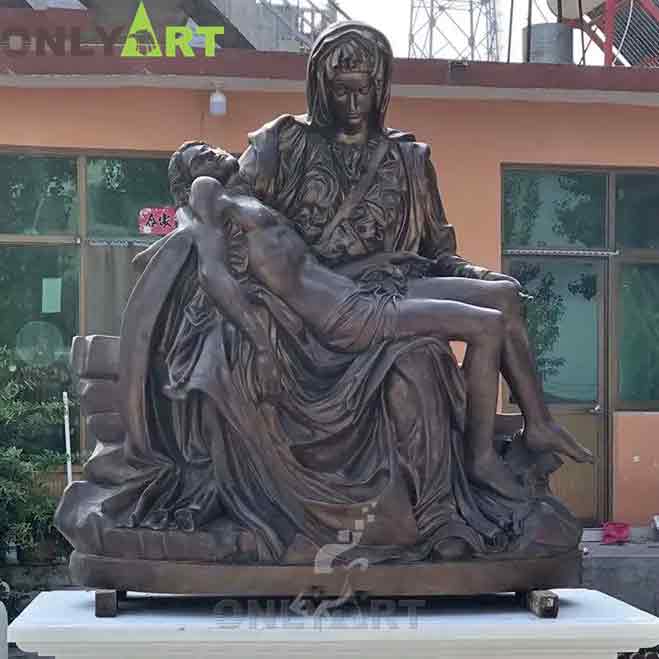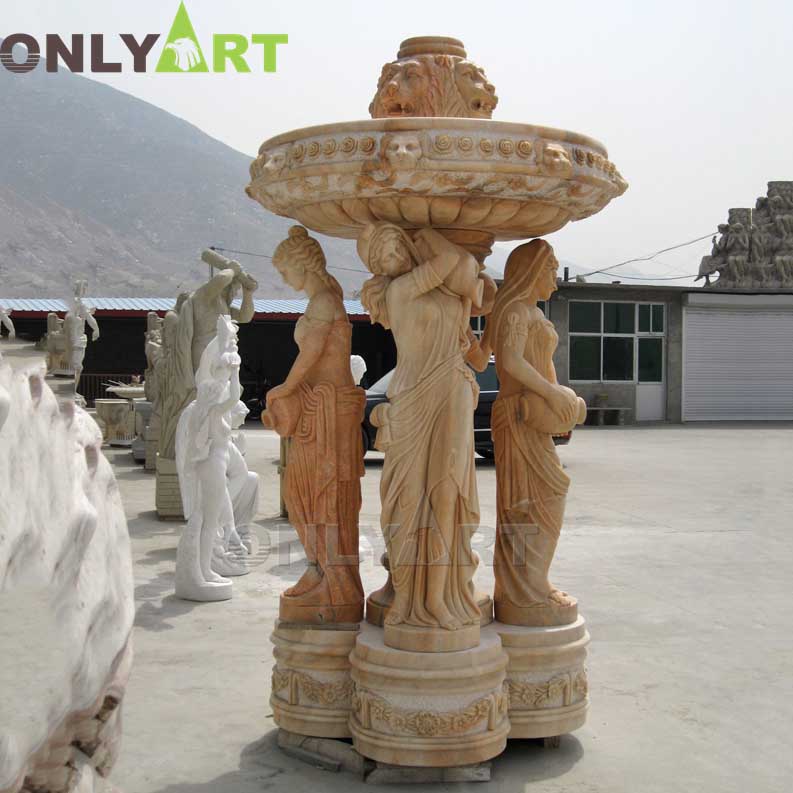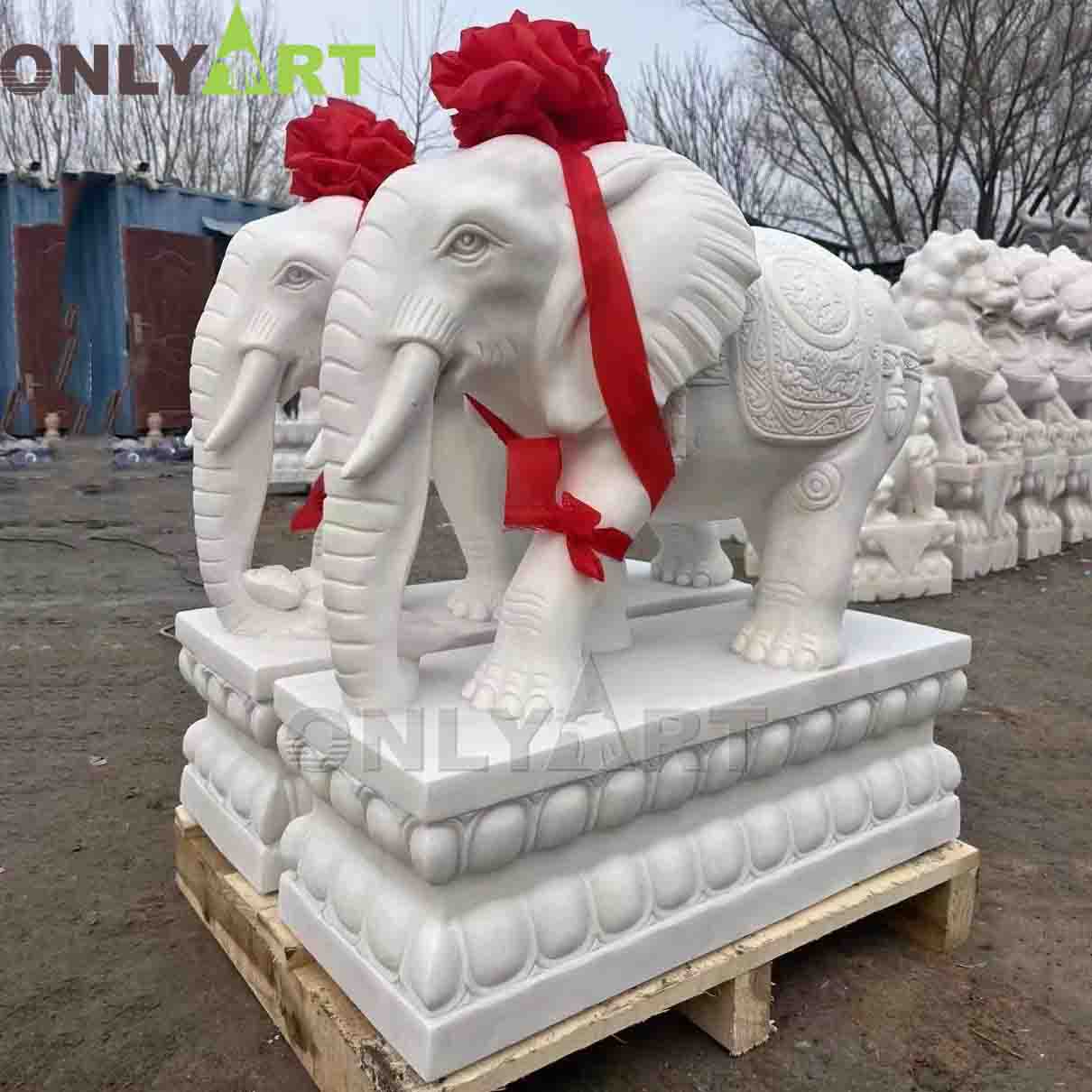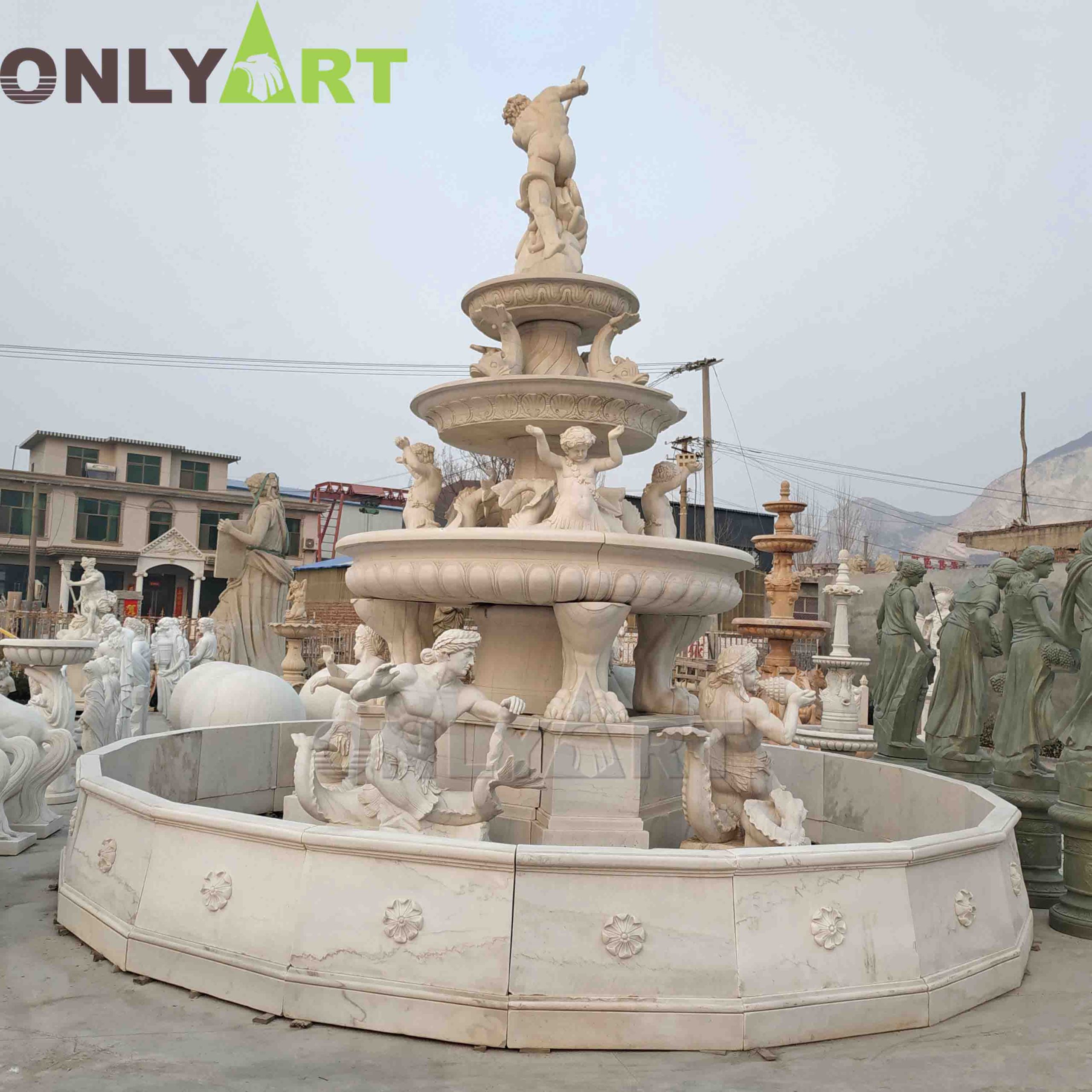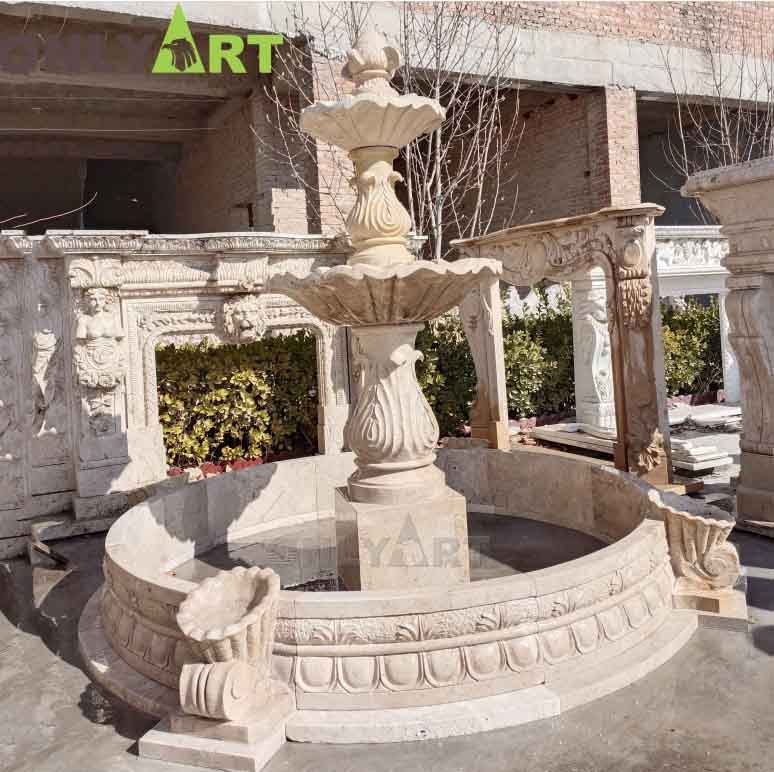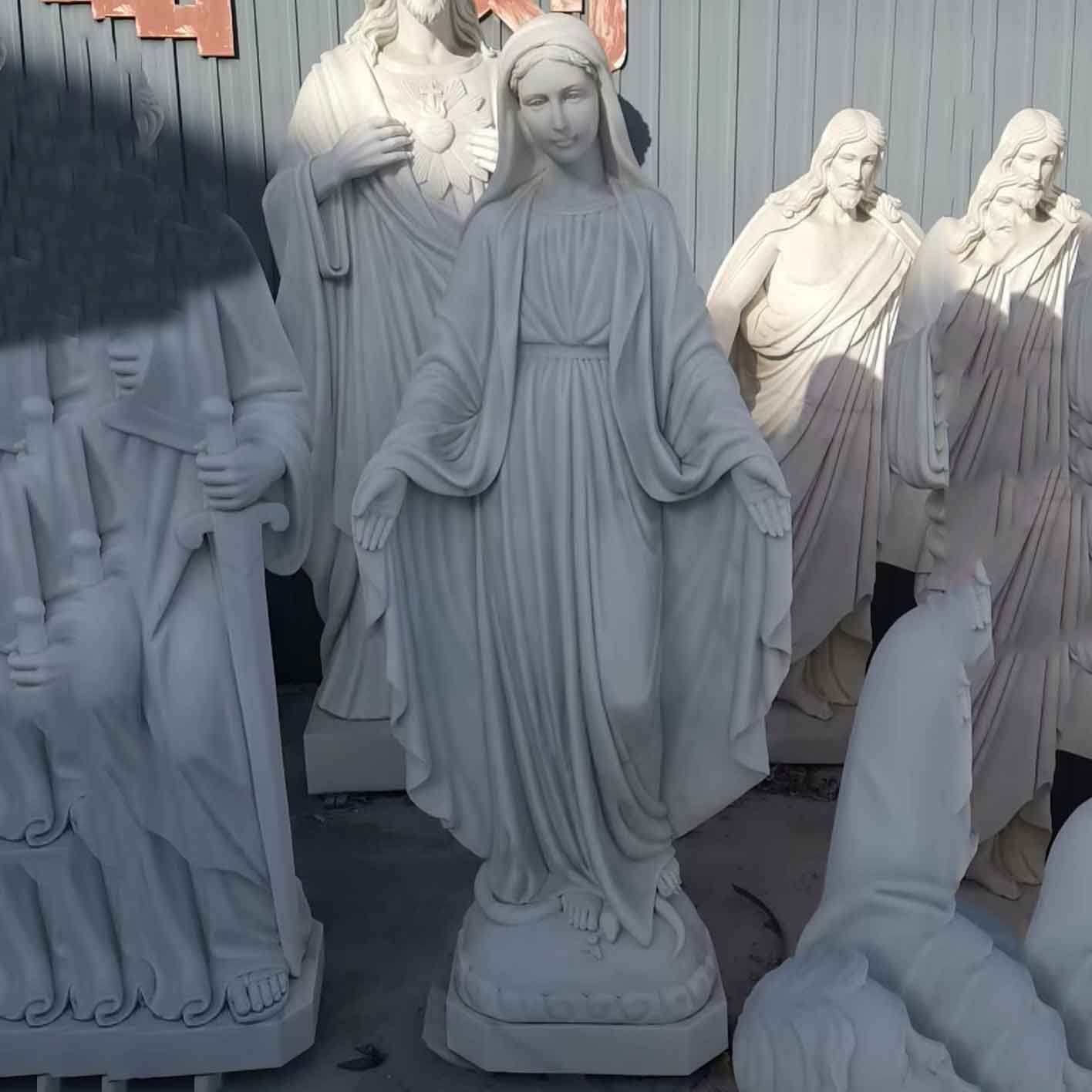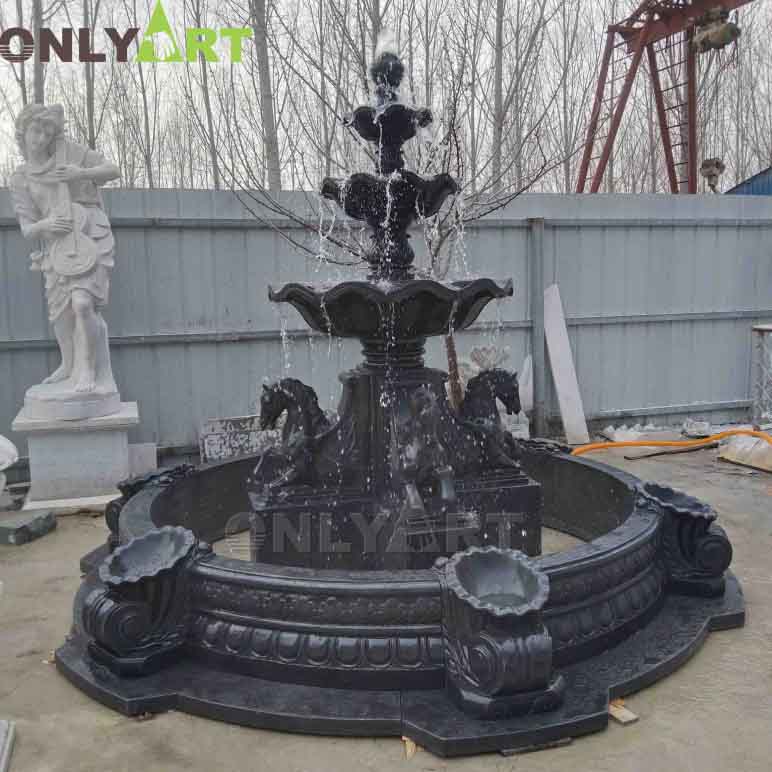Muscular Greek Statues
Ancient Muscular Greek Statues have had a profound impact on later generations. One of their characteristics is the detailed depiction of human muscles. Ancient Greek sculptors not only focused on the external form of the statue, but also paid more attention to its internal structure and muscle distribution, striving to present a real and three-dimensional effect.
The works of the ancient Greek super bowl artist Polykleito are very representative. He showed the harmonious beauty of the human body through his perfect figure and developed muscles. The muscle depiction in ancient Greek sculptures is not only for beauty, but also an affirmation of vitality and human beauty.
In early ancient Greek works such as Doryphors (Spear Bearer), we can see the detailed expression of muscle strength and human structure. These works often present a dynamic beauty, making the statues seem to have vitality and movement trends. Ancient Greek sculptors also often use different composition techniques to enhance the expressiveness of their works.

The proportion relationship of Y=2X+1 proposed by Polykleito makes the statue visually balanced and harmonious. This composition technique is not only reflected in static statues, but also conveys a richer sense of beauty through dynamic presentation methods such as Archaic Smile and Contrapposto.
1. Were Greeks as muscular as the statues?
The Muscular Greek Statues were very idealized in their sculptures. Ancient Greek sculptors focused on the beauty of the lines and muscle texture of the human body, and conveyed the strength and beauty of athletes through sculpture. For example, Myron’s “Discus Thrower” is an outstanding work that vividly shows the muscle strength and body coordination of athletes from static to dynamic.

It is worth noting that the muscle lines and proportional relationships in ancient Greek sculptures are often idealized in the minds of creators and do not necessarily conform to the actual situation of human anatomy. For example, the pectoral muscles in ancient Greek sculptures do not necessarily represent real pectoral muscles, but are artificially added by artists in pursuit of aesthetic effects. In addition, the muscle lines and proportional relationships in ancient Greek sculptures are also strictly controlled by aesthetic principles such as the golden ratio.
Although Greek sculptures show highly developed muscle aesthetics, they are more of an artistic expression rather than completely realistic.
2.Why are Greek statues so muscular?

3. Famous muscular greek Sculpture names
There are many famous muscular statues in ancient Greek sculptures. Here are some of the most famous ones:
1.Phidias’s Statue of Athena Victory
This statue is a famous statue of Athena, the goddess of victory in the classical period of ancient Greece. It is about 20 feet (about 6 meters) high and is one of the most famous statues in ancient Greece. Features: The statue perfectly shows the muscle lines of the human body and is known as the “representative of ideal beauty.”

2.Barbaphometus
This statue is a huge stone statue on the lintel of the temple of Barbaphometus in ancient Greece, about 10 meters high.Features: It is carved from a whole piece of stone without obvious muscle division, showing a kind of strength and majesty.
3.Venus of Milo
Venus of Milo is an ancient Greek and Roman sculpture, about 2 meters high, now in the Louvre Museum in France.Features: The statue depicts Venus, the goddess of love and beauty, with one hand touching the earth and the other hand reaching to the sky, symbolizing the desire for heaven.

4.The Statue of Athena in the Parthenon
The Statue of Athena in the Parthenon is an important statue from the classical period of ancient Greece, about 18 meters high.Features: The statue is carved from a single piece of marble, perfectly showing the charm of Athena and the muscle lines of the human body.
5.Venus of Artemis and Artemis Demeter
This statue is a statue of Venus drawn in red in ancient Greece, depicting the siblings Artemis and Artemis Demeter. Features: The statue depicts the muscles and lines of the human body in detail, and is a symbol of ancient Greek mythology and art.
6.Discobolus (Discus Thrower)
“Discobolus” is a masterpiece of Myron, a famous sculptor in the classical period of ancient Greece, created around 450 BC. This sculpture, with its perfect muscle lines and vivid movement expression, shows the moment before the athlete throws the discus, and is hailed as a classic in ancient Greek art. Myron used meticulous carving techniques and rich muscle expression to make “Discobolus” not only a sculpture showing the beauty of the human body, but also convey the vitality and dynamic beauty contained in sports.

In the sculpture, every muscle of the athlete is in a tense state, showing a very tense movement, as if he will throw the discus in the next second. This capture of instantaneous movements and perfect human proportions are the ideal beauty pursued by ancient Greek sculptors. It can be said that “Discobolus” is a muscular and vital sculpture. It not only shows the beautiful lines of the human body, but also conveys the power and beauty of sports.
7.Statue of Zeus
The Statue of Olympian Zeus is one of the most famous ancient Greek sculptures and is considered one of the Seven Wonders of the Ancient World. Created by the sculptor Phidias, the statue is about 12 meters tall and made of gold and ivory. It depicts Zeus, the king of the gods, sitting on a throne surrounded by various symbols of his power and majesty. The muscles are also quite developed, as you can see in the picture below.

8.Laocoön and His Sons
“Laocoon and His Sons” is a group of sculptures unearthed in Rome in 1506 by the ancient Greek sculptor Michelangelo Buonarroti. This group of sculptures depicts the scene in which Laocoon fights a giant snake in the ancient Greek fable, and his two sons are entangled by the giant snake and are on the verge of death.
In this group of sculptures, Laocoon is the main character. He is muscular, and the tension and pain of his whole body are vividly expressed through the muscle texture and posture of the sculpture. His body dodges sharply backwards, and his hands tightly grasp the giant snake, creating a strong atmosphere of tension.

His eldest son Agesandros and youngest son Polydoros are also entangled by the snake, and their expressions and postures show extreme fear and helplessness. Michelangelo vividly portrayed the muscle tissue and tension of these characters through superb carving skills and a deep understanding of human anatomy. Laocoön’s muscles bulge due to tension, and his abdomen is sunken, showing that he is trying his best to suppress the pain. The whole sculpture is full of drama and appeal, which vividly expresses the struggle between life and death and the confrontation between man and nature.
9.Riace Warriors
The Riace Warriors are bronze statues located in the Calabria region of southern Italy. The two statues were discovered on the coast of Riace in 1972 and are among the few well-preserved full-size bronze statues from ancient Greece. We can clearly see that the muscles on the body are very well developed.

10.Muscular greek statue : Artemision Statue
The Artemision sculpture refers to an ancient bronze statue found near Cape Artemision in ancient Greece.
It was discovered by fishermen off the coast of Greece in 1926. Since bronze was easily melted in the cold weapon era and used for weapon manufacturing, it is a miracle that the sculpture has been preserved to this day.
The sculpture was made using a process called lost wax casting, which was also commonly used in jewelry making in the early 20th century.
The sculpture has exquisite details and clear muscle lines, especially the depiction of the muscles of the characters, which shows the superb skills of ancient Greek sculptors.

The identity of the sculpture is still controversial. Some scholars believe that it may be a bronze statue of Zeus or Poseidon because the sculpture lacks the typical thunder rod or trident.
It was made around 460 BC, during the classical Greek period, one of the most prosperous periods of Greek culture.
The sculpture provides valuable physical materials for studying the craftsmanship, social customs and daily life of ancient Greece.
Its fine craftsmanship and perfect artistic expression make it a classic in ancient Greek sculpture and have a profound impact on later art.
11.Doryphoros
The Doryphoros statue, or Spear Bearer, is one of the masterpieces of the ancient Greek sculptor Polykleitos. The statue depicts a young warrior holding a spear and is known for its perfect human proportions and natural posture. Human Proportions and Posture: The statue perfectly demonstrates the harmonious proportions and symmetry of the various parts of the human body, reflecting the ancient Greek pursuit of ideal beauty. The statue’s natural and smooth posture shows the muscle structure and human body dynamics, reflecting Polykleitos’s deep understanding of human aesthetics and sports beauty.
The statue follows the “Law of Symmetry” proposed by Polykleitos, that is, the proportions of various parts of the human body are harmonious and symmetrical. Background and Influence Polykleitos’ works not only have an important influence in art, but also promote the development of ancient Greek human aesthetics. His sculptures often show the graceful curves and harmonious proportions of the human body, which has a profound influence on later artists. Reproductions and Imitations Due to the scarcity of ancient Greek originals, the Doryphoros statues displayed in many museums in later generations are actually ancient replicas. For example, the statue of Doryphoros in the National Archaeological Museum in Naples is a carefully reproduced marble replica of an ancient Roman one made in the first century BC.
Tell Us About Your Specific Needs For Custom Sculpture!
Contact Us 24 Hours A Day
Mob : +86 18830171031
Manager Email: Lily@onlyartsculpture.com
Production Department Email: info@onlyartsculpture.com
ADD:073100 Baoding Huaishunian Quyang, Hebei China

